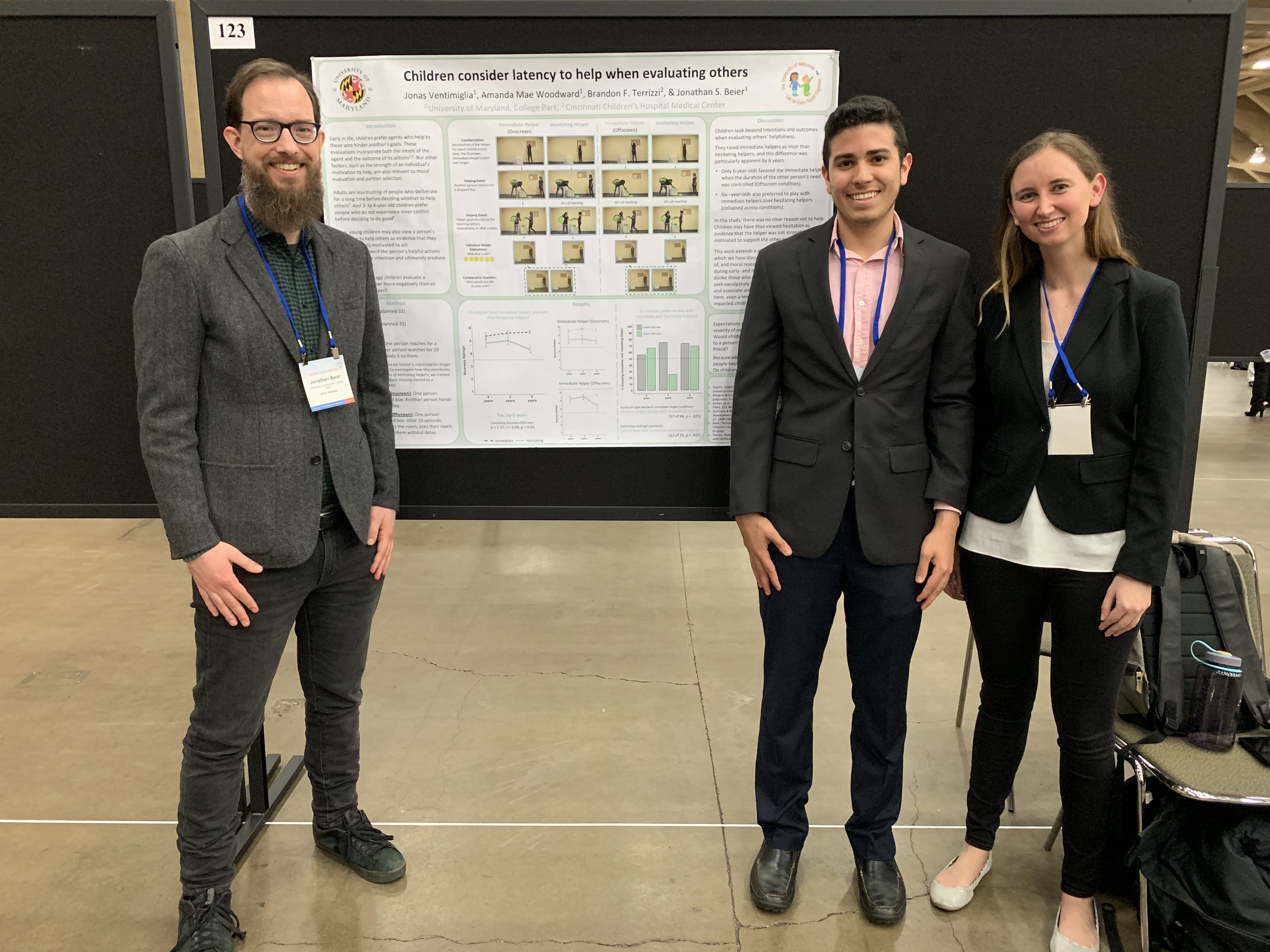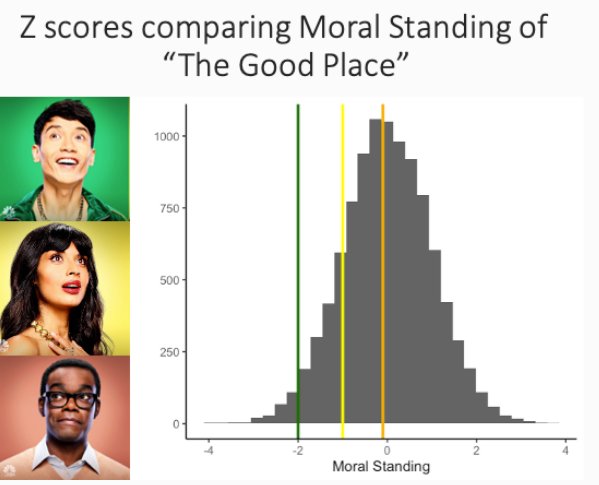My Research

My Research Interests
How do we choose who we interact with? Our choice of social partners greatly influences how we interact with the world around us, including the groups we are a part of and how others view us. My research broadly falls into the category of social cognitive development and can be categorized into three main areas associated with how children choose social partners. Specifically, I am interested in 1) how children evaluate and respond to social exclusion, 2) how children infer social relationships from observed interactions and use their knowledge of these relationship dynamics to predict future behavior, and 3) how children evaluate those who do or do not engage in prosocial behavior, such as helping or comforting someone in need. These three areas inform children’s choices of who to interact with.
Mentoring Style

I believe in supporting students' professional development- wherever their career path takes them.
My mentorship style involves a lot of communication and giving students space to learn and work independently. Generally, I meet with mentees at least twice a semester to make sure that what their working on aligns with their interests and to identify transferable skills. It is important to me that students I work with are exposed to multiple aspects of the research process and that students are engaged in meaningful tasks. More information about my mentoring style can be found in my mentoring statement.

